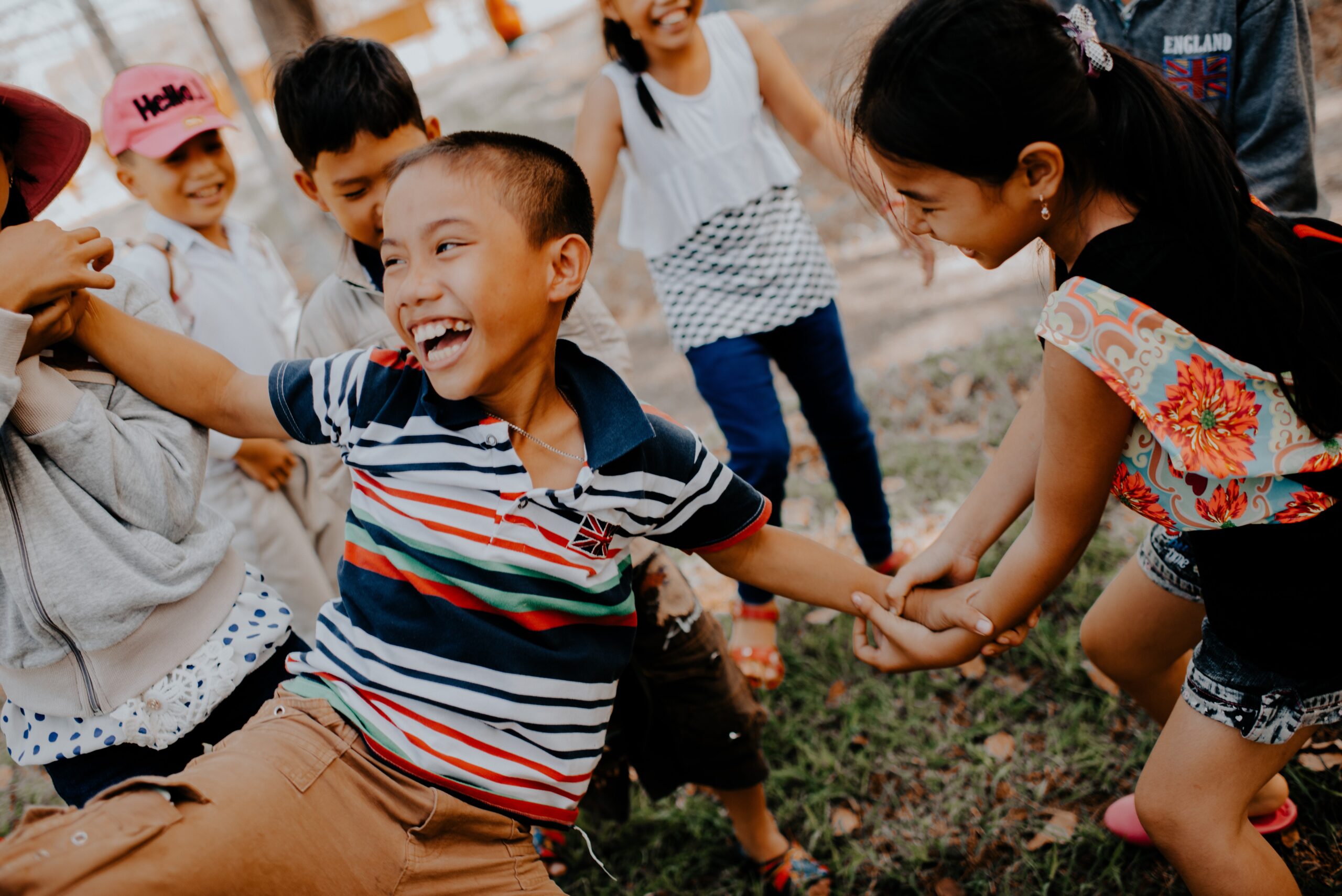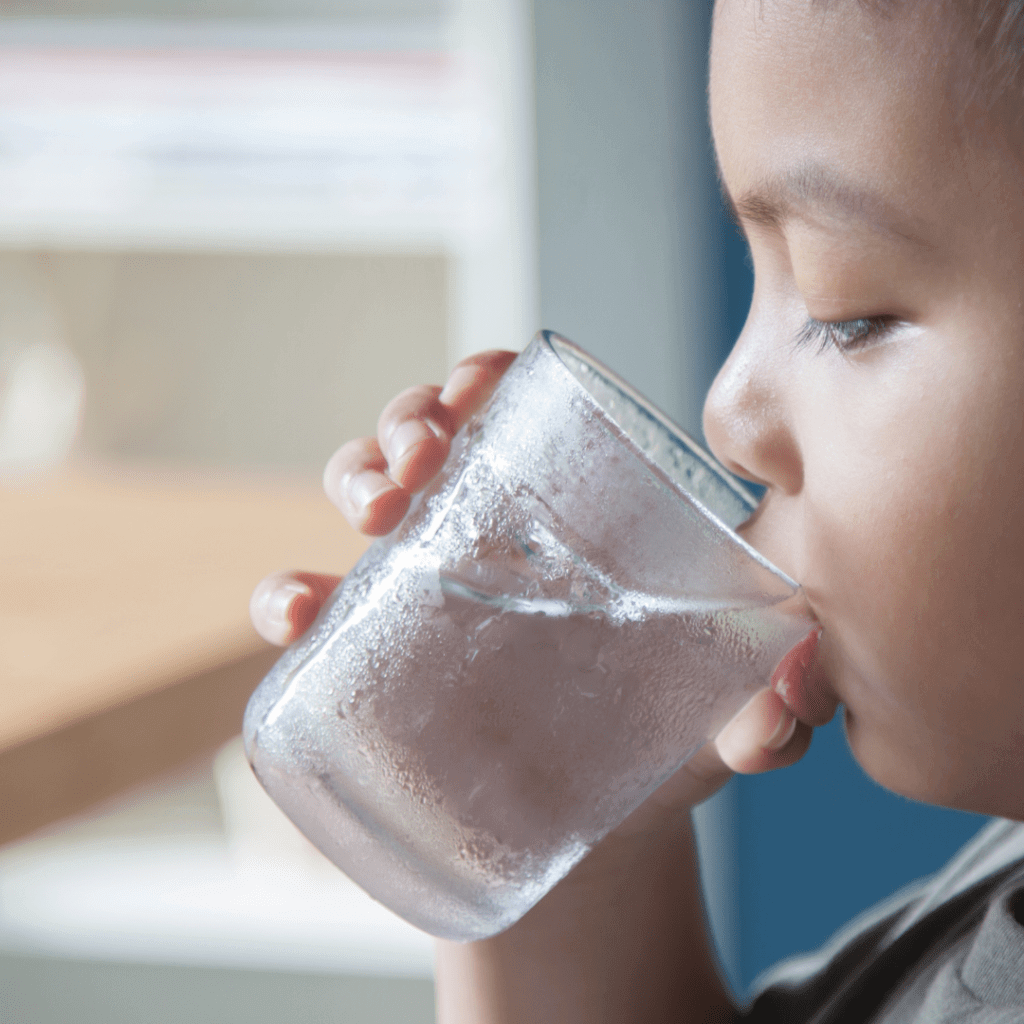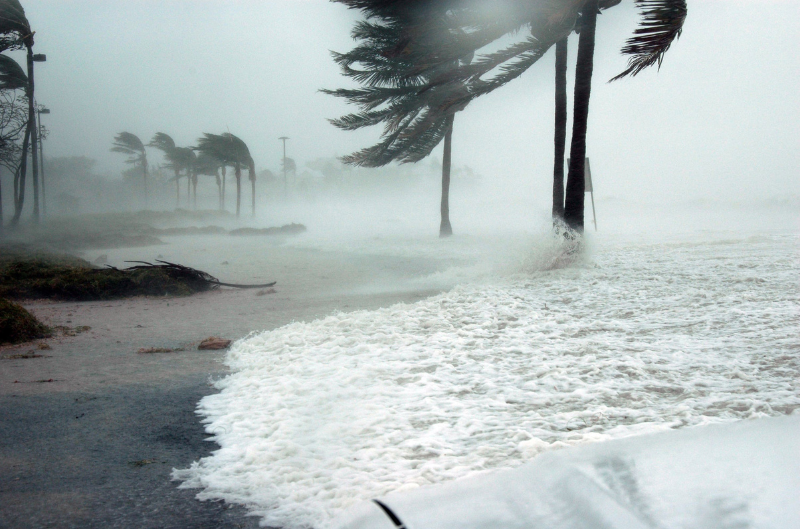
The California Department of Public Health (CDPH) seeks to reduce and prevent adverse and inequitable physical and mental health impacts associated with climate change. With partial funding from the Centers for Disease Control & Prevention’s Climate Ready States and Cities Initiative, the CDPH Climate Change and Health Equity Section and its CalBRACE Project developed Climate Change & Health Vulnerability Indicators for California (CCHVIs) and an online interactive platform to visualize the data, CCHVIz. These tools assist with climate change planning and prioritizing actions to protect people most at risk, including children.
The CCHVIz displays three categories of indicators that influence vulnerability to health impacts of climate change: exposure indicators including heat, air quality, wildfires, and sea level rise; population sensitivity indicators including children, elderly, poverty, education, outdoor workers, vehicle ownership, linguistic isolation, disability, health insurance, and violent crime rate; and adaptive capacity indicators including air conditioning ownership, tree canopy, and impervious surfaces.
The CCHVIz provides health officials and planners with an online snapshot to compare their county’s indicators to the state average. They can view risk by census tract for specific indicators, such as children under age 5, and their breakdown by race and ethnicity. The tool also plots the intersections of exposure indicators (e.g., ozone concentration) with sensitivity indicators (e.g., population under 5 years of age) to learn where children are susceptible to air pollution, extreme heat, wildfire, or other threats. The CCHVIz is an excellent resource for State and local officials in California to plan to prevent and prepare for climate change-related health impacts to young children, especially children of color and children in under-resourced communities.






© Children’s Environmental Health Network, 2025